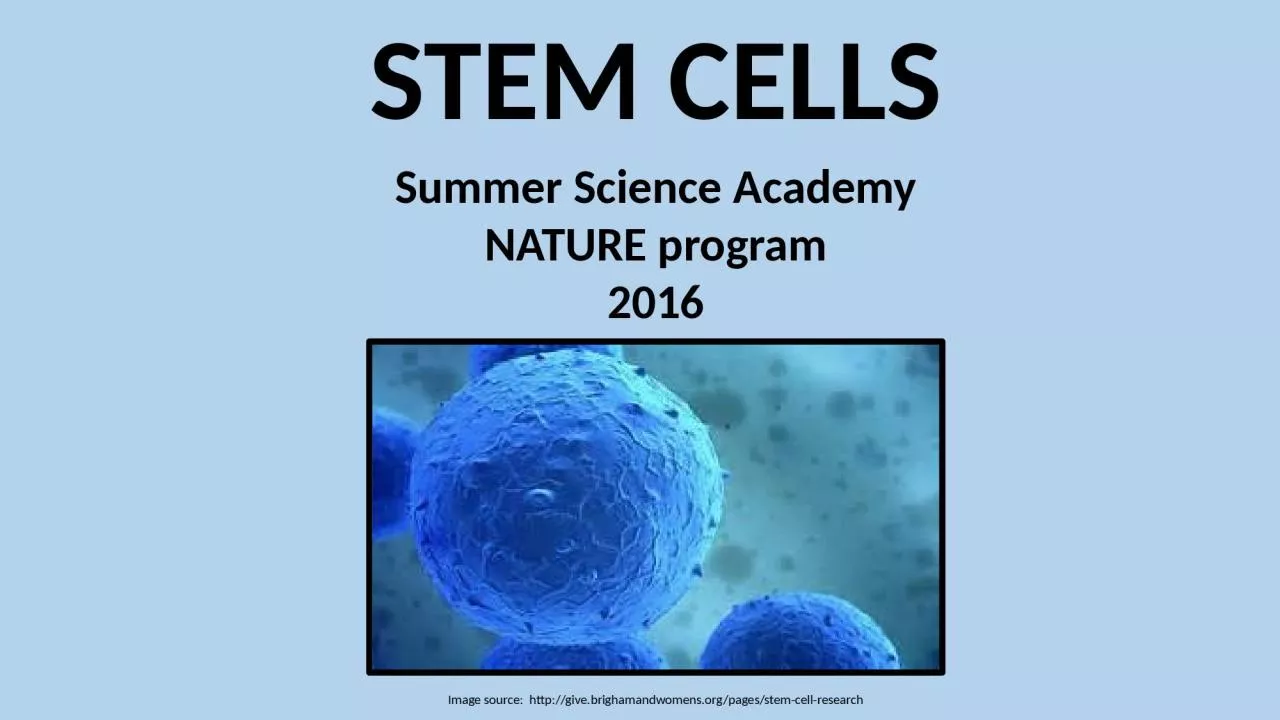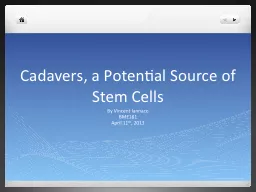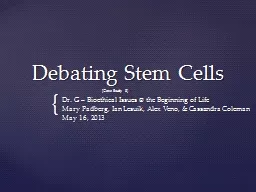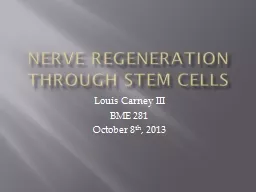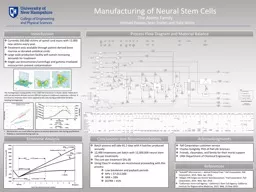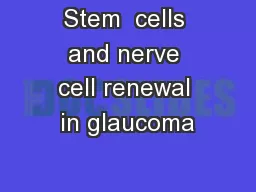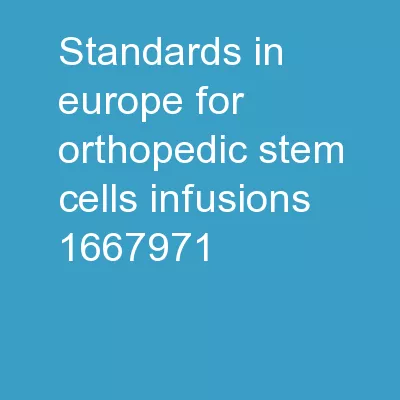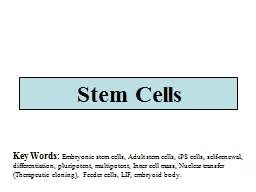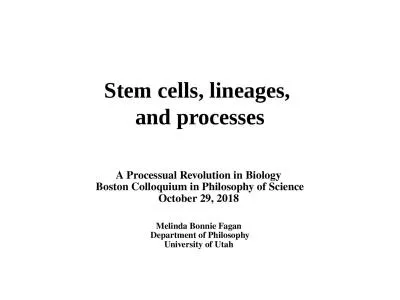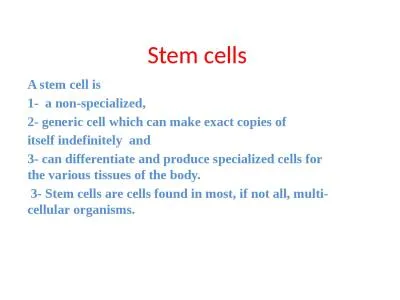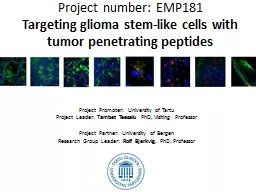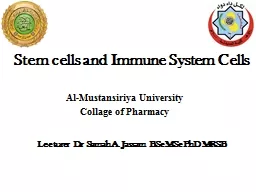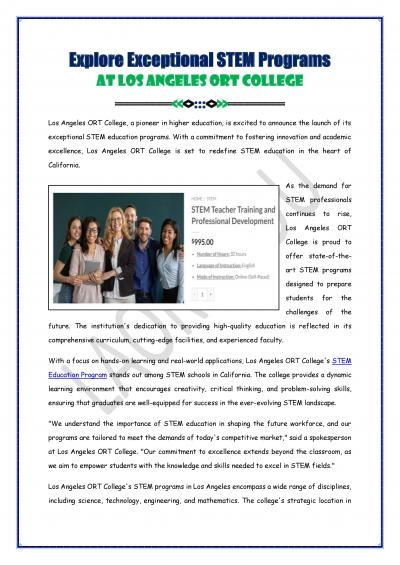PPT-STEM CELLS Summer Science Academy
Author : maisie | Published Date : 2024-01-29
NATURE program 2016 Image source httpgivebrighamandwomensorgpagesstemcellresearch Session Outline Introduction and cultural connection Stem cell discussion Animal
Presentation Embed Code
Download Presentation
Download Presentation The PPT/PDF document "STEM CELLS Summer Science Academy" is the property of its rightful owner. Permission is granted to download and print the materials on this website for personal, non-commercial use only, and to display it on your personal computer provided you do not modify the materials and that you retain all copyright notices contained in the materials. By downloading content from our website, you accept the terms of this agreement.
STEM CELLS Summer Science Academy: Transcript
Download Rules Of Document
"STEM CELLS Summer Science Academy"The content belongs to its owner. You may download and print it for personal use, without modification, and keep all copyright notices. By downloading, you agree to these terms.
Related Documents

